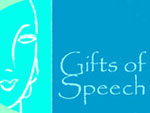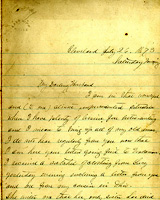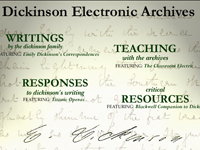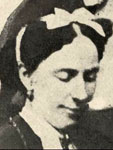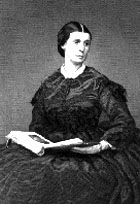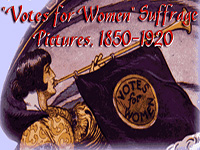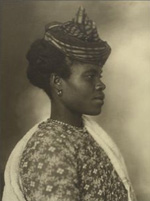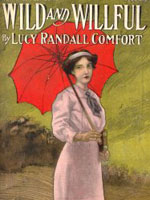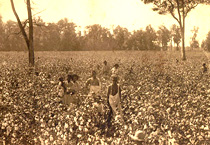Godey's Lady's Book
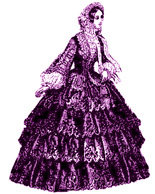
Offers material from and about "this most famous 19th-century women's magazine," a monthly that provided middle- and upper-class American women with fiction, fashion, illustrations, and editorials from 1830 through its demise in 1898. Includes three full-text issues from 1855 and a partial issue from 1852. Each page is available in medium and high resolution formats. In addition, the site contains three complete short stories; 10 synopses (200 words each) of other stories published in the magazine; 26 full-page color illustrations of scenes of domestic life; nine partial-page illustrations; 104 fashion-oriented illustrations; six examples of sheet music that appeared on a regular basis in the magazine; three architectural drawings; and three sample editorials by Sarah J. Hale, a long-time editor. Material about the magazine includes a 900-word publication history; a 1,600-word essay on publisher Louis A. Godey's column; 500-800-word biographical essays on Godey and Hale; and links to three other sites. Of interest to those studying mid-19th-century middle-class American life, women's history, print culture, fashion, domestic life, and popular literature.
